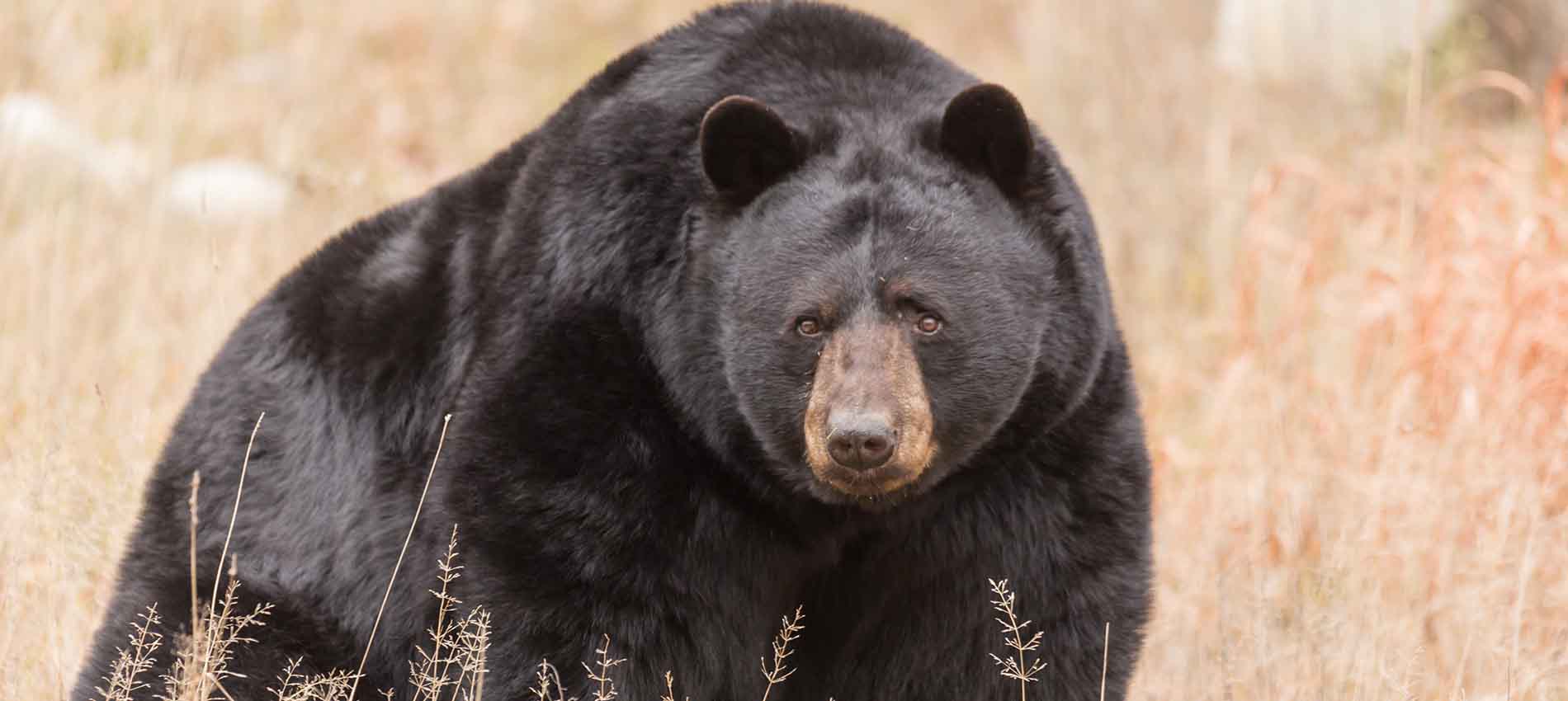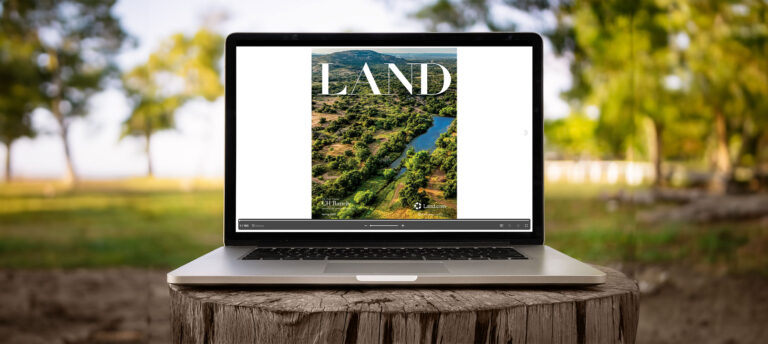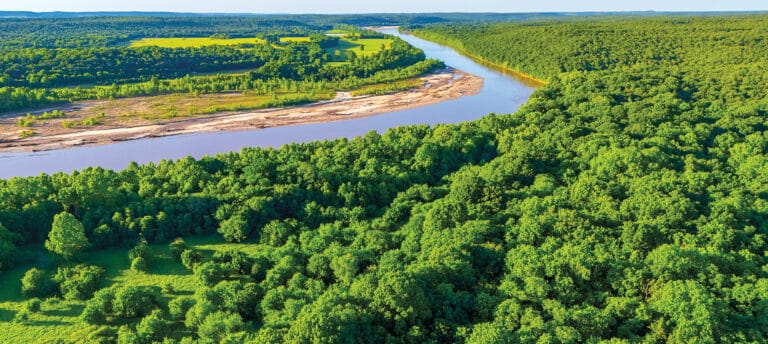This is a guest post from OutdoorHub, a leading publisher of news and advice for hunters, anglers and shooters.
Written by Bernie Barringer
I’ve been fascinated by black bears all my life, and I have been pursing them with a passion for more than 15 years. I have mined the Boone and Crockett Club (B&C) record books to discover the best areas in North America that consistently produce huge bears. I think that the percentage of B&C bears in the overall harvest is a good indicator of an area’s potential to produce a monster.
The B&C minimum score for a black bear is 21 inches. It goes without saying that when booking an outfitter in one of these locations, you want to pick one that has a history of producing truly big bear—and you have to be willing to pass up a few big bears to have a chance at a true B&C black bear. That’s not something everyone can do, but if your goal is a B&C black bear, you have to be able to let the 20-inchers walk!
So, here’s my top 10 list, and a little background on each location.
1. Prince of Wales Island and Kuiu Island, Alaska
These two islands produce whopper bears with regularity. They are remote, and only a handful of outfitters take bears off these islands each year. Hunters here can afford to be selective. There is not a B&C bear around every corner, but you can expect to have a reasonable chance to sight one on your trip if you go there. These bears get big because of low hunting pressure, good genetics, a long feeding season, and abundant food. If you want a chance to kill a B&C bear, it’s hard to beat these two islands off the coast of southeastern Alaska. The hunting here is primarily spot-and-stalk on the beaches, although some bears are taken over bait.
2. Vancouver Island, Graham Island and Queen Charlotte Island, British Columbia
My No. 2 location has all the qualities of No. 1 except that it gets a little more hunting pressure. Vancouver Island in particular produces a lot of monster bears each year, and is more easily within reach of civilization, so access is a little better than No. 1. There are big bears on these islands, and there are several outfitters who know how to put you on them. This is primarily spot-and-stalk hunting in logging cuts, and to a lesser degree on the beaches.
3. Northern Wisconsin
The sheer numbers of bears found in northern Wisconsin are responsible for making this No. 3. While the numbers are high, the actual harvest numbers are low due to a very limited number of bear permits each year, which means there is a good ratio of mature bears in the population. Prepare for a long wait if you want to hunt here: it normally takes 8 to 10 years of applying to draw a tag in the best zones. Most big bears are killed over bait, although a few are tracked down with hounds. Some of the best counties are Bayfield, Price, Sawyer, Marinette, Barron, Oconto, Rusk, and Langlade.
4. North-central Pennsylvania
This will come as a surprise to many people who don’t consider Pennsylvania a bear hunting destination, but there are really big bears in this state. Baiting and hounds aren’t legal, which makes it very difficult to harvest a bear. Success rates for bear hunters are very low—the percentages most years can be counted on the fingers of one hand. Most bears are either shot incidentally by deer hunters or on large group-drives. If you look at the list of the top-end bears entered in the B&C record book, the letters PA come up a lot; more than most people would ever dream. The counties in the north-central part of the state are the best bets, with Lycoming having produced the most.
5. Riding and Duck mountains, West-central Manitoba
The western part of Manitoba has a couple ranges of mountains that produce a large number of bears, including some real monsters. These mountains aren’t what people from Colorado or Montana think of as mountains, but in a part of Canada that is mostly flat as a pancake, Manitoba’s “peaks” suffice. In addition to the large bears, they produce good numbers of color-phase bears. Outfitters here have huge exclusive territories, and if they manage them well, their clients will bag a couple B&C melon-heads each and every year.
6. East-central Saskatchewan
The mountains in west-central Manitoba reach over into Saskatchewan, so similar hunting conditions can be expected there—lots of bears, and big ones at that. There just isn’t quite as much of this near-perfect habitat on the west side of the shared border, so Saskatchewan ranks slightly behind Manitoba in this area. Both of these provinces offer spring bear hunts that occur during the bear’s breeding season. Mature male bears will visit baits in the spring more readily when searching for females.
7. Peace River area of Alberta
This area is remote and very difficult to access. A small number of outfitters guide clients to bears here each year, and the chances of laying eyes on a B&C bear are pretty good if you go to the time and expense it takes to put yourself in this area. Harvest is low not because the number of bears is low—the population is actually quite high and many areas offer a two-bear limit—but because the number of hunters is low. Mature bears are the norm, not the exception. Most people come to this area with a variety of tags in their pockets because moose and elk are also popular targets. Hunters going to the area targeting these antlered species are well-advised to carry a bear tag, as a big bruin is liable to show itself at any moment.
8. Northwestern California
Once again, low-hunting pressure puts a spot on the map for big bears—a long growing season helps, too. There is a small pocket in the northwestern part of the state that produces a good number of big-headed bears, specifically Humboldt, Trinity and Mendocino counties. It is an overlooked area for gorilla-sized bears. Color-phase bears are also common there, including cinnamons, chocolates and blondes.
9. East-central Arizona
Some really big bears have come from the mountains of central to east-central Arizona. Gila County produces quite a few of them, and in fact ranks near the top of all time in the number of B&C bears entered into the record books. That will surprise a lot of people, but not those who live and hunt in that area. A nearly year-round feeding season and lots of food are responsible for the exceptional growth, plus a low harvest.
10. Remote northern Saskatchewan and Manitoba
The remote areas of these central Canadian provinces produce some big bears. Much of this part of Canada isn’t accessible by road, so there is little hunting pressure. The bears get big because they have a chance to get old. You will most likely have to fly into a camp to encounter one of these bears, but you are also likely to be the first human being they have ever seen. Many outfitters kill only one bear per bait each year in these remote areas, and they continue to produce monster bears year after year.
Visit OutdoorHub for more news, advice and reviews about hunting, fishing, shooting and other outdoor pursuits.



